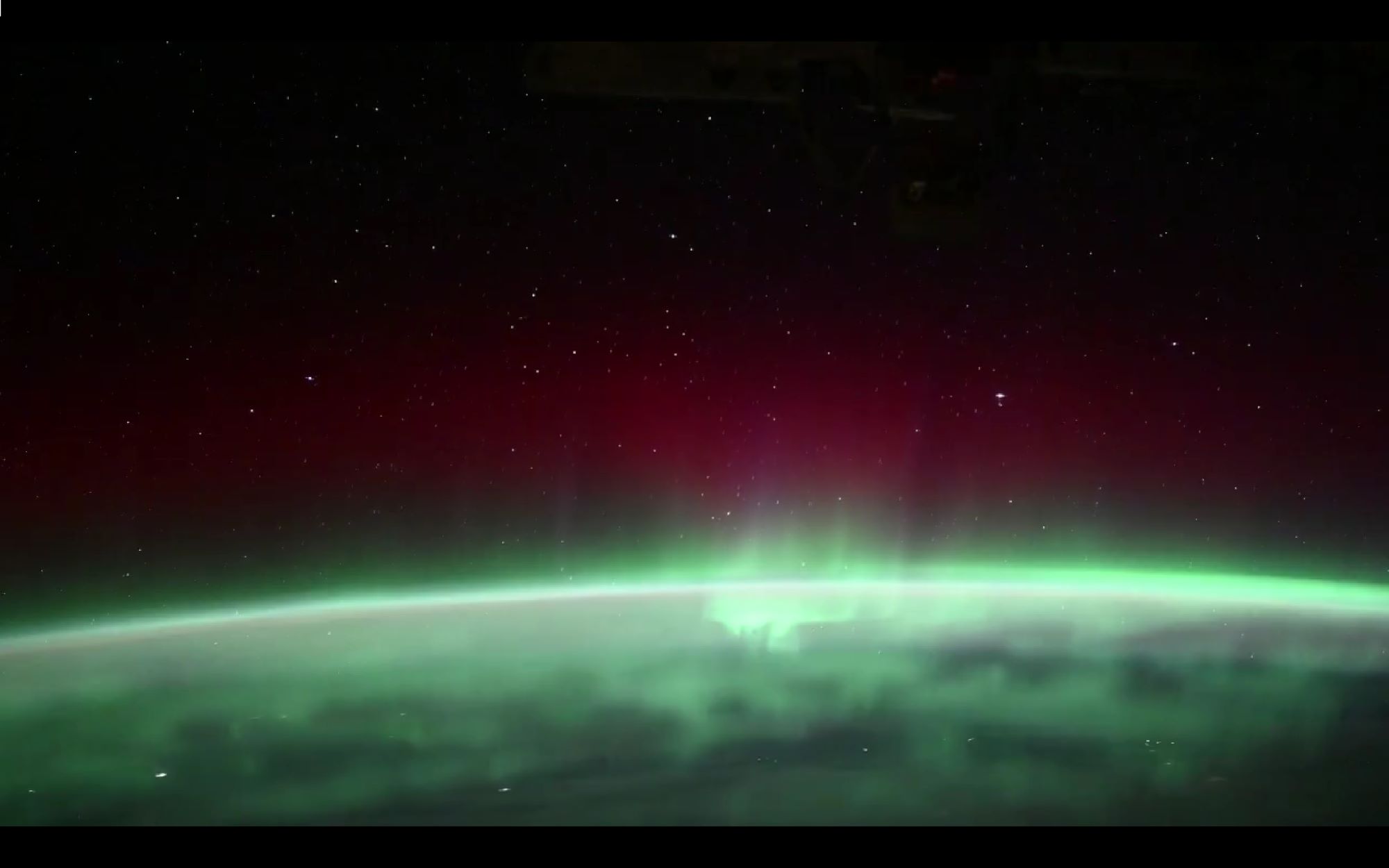Astronaut aboard ISS captured breathtaking aurora video.

An aurora, referred to as polar lights, northern lights, and southern lights, is a natural light display in the Earth’s sky, predominantly seen in the high-latitude regions (around the Arctic and Antarctic). Auroras are the result of disturbances in the magnetosphere caused by solar wind. These disturbances are regularly strong enough to alter the trajectories of charged particles in both solar wind and magnetospheric plasma. These particles, mainly electrons and protons, precipitate into the upper atmosphere (thermosphere/exosphere). The resulting ionization and excitation of atmospheric constituents emits light of varying color and complexity.
The International Space Station soars above an aurora blanketing the Earth underneath a starry sky before orbiting into a sunrise 257 miles above Quebec, Canada, on Oct. 30, 2024. pic.twitter.com/fqp7tu57CZ
— International Space Station (@Space_Station) November 16, 2024
Reference: ISS’ Tweet
See earthview photo gallery: LiVEARTH